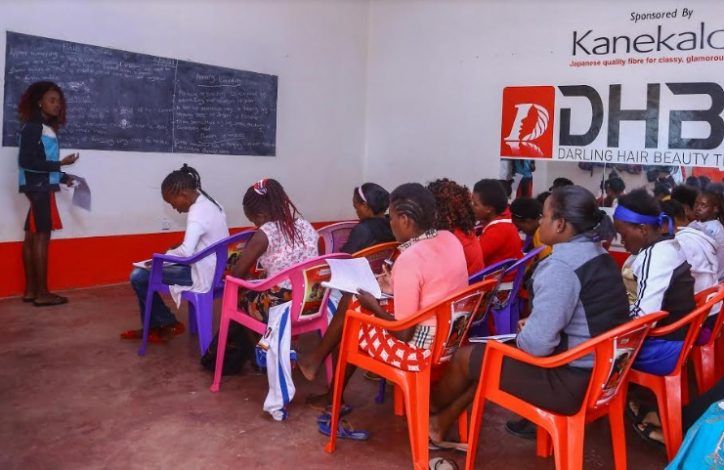Do not give the youth the fish. Teach them how to fish. A common phrase but one that has often led to contradictions. In recent days, you may have heard some people telling young people to create their own jobs instead of complaining instead of telling them how.
The best way to empower youth is to tell them “how” to do something. It is the “how” that runs the world and this is what the youth in Kenya needs.
Godrej is set to help in empowering the youth in Kenya so that they can be able to create their own wealth through creating their own jobs through their Wezesha Youth Program.
With over 20,000 youth expected to be trained in hairdressing and beauty therapy under the Godrej Wezesha Youth program, the program is on course with two more centers expected to open in Kitui Country by the end of 2019.
The Wezesha Youth program – a partnership between the Council of Governors and Godrej Kenya – is currently being rolled out nationwide as part of the National Government competence-based education for vocational training centers.
Godrej Kenya Corporate Responsibility Manager Mr. Charles Mugendi said that the company seeks to grow sustainable local small and medium enterprises while supporting the reduction in unemployment among youth.
“Through the hairdressing and beauty therapy training, we are empowering youth to identify and seize emerging opportunities that can help Kenya sustain its productivity. They will also be provided with financial literacy, communication, and business skills to enable them to be entrepreneurs,” said Mr. Mugendi.
The two new training centers in Kitui County will be based in Mutomo Vocational Training Centre and Mwingi Baptist Vocational Training Centre.
In the last two years, Godrej Kenya ran a pilot program where 1,000 youths in vocational training centers in Nairobi, Kitui, Trans Nzoia, Migori, Machakos, Kisii, and Uasin Gishu counties were trained. Following learnings made in this pilot phase, the Wezesha Youth Program was redesigned for sustainability and scale. So eleven ultra-modern training labs have been established in the targeted counties.
The next phase of the program’s implementation will target 20,000 youth in 22 counties with ultra-modern designed training labs established to facilitate the delivery of quality training.
“Through this program, we envision in creating an employable workforce among underprivileged youth from informal settlements in urban Kenya and rural Kenya,” added Mr. Mugendi.
After the training, the beneficiaries are expected to be equipped with skills that will enable them to create their own jobs and be able to employ other people in society.




